Collector Sarah Arison: ‘There is a real intimidation barrier in the arts’
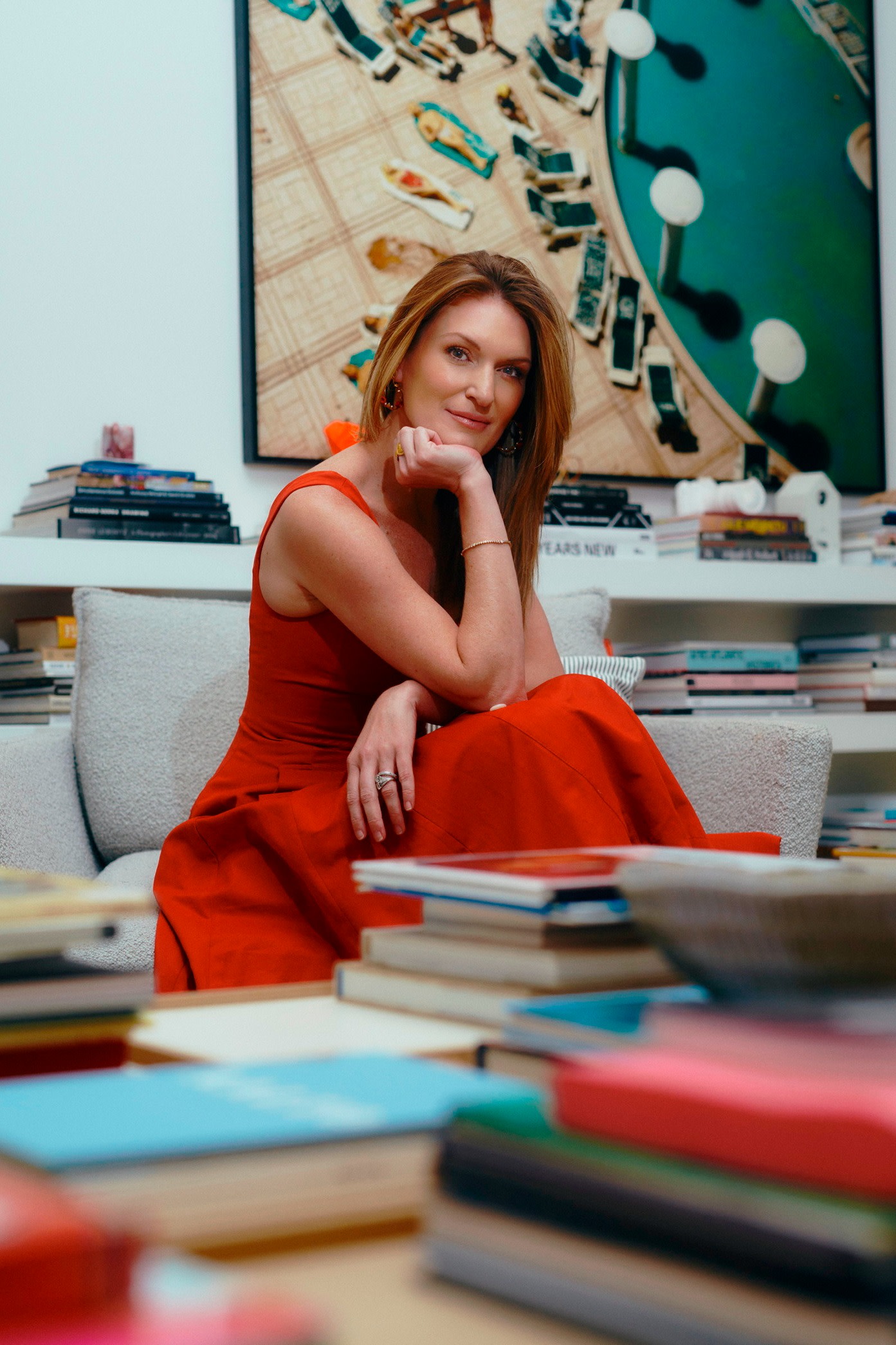
Roula Khalaf, Editor of the FT, selects her favourite stories in this weekly newsletter.
“My collection has no rhyme or reason whatsoever,” exclaims Sarah Arison when I ask her about what she buys and why. Yet it has much more focus than this suggests: she acquires mainly female artists, she tends to favour abstraction and, crucially, she almost exclusively buys work by artists she has personal contact with. “I feel that by supporting them early in their career, I can really make a difference.”
Supporting artists — not only in the visual field but also in the performing arts — is important to her, and she is a board member or trustee of no fewer than 12 institutions. They range from the Museum of Modern Art in New York and the Aspen Art Museum to London’s Serpentine Americas Foundation. In addition, she is president of the Arison Arts Foundation, chair of the YoungArts foundation and president of the American Ballet Theatre.
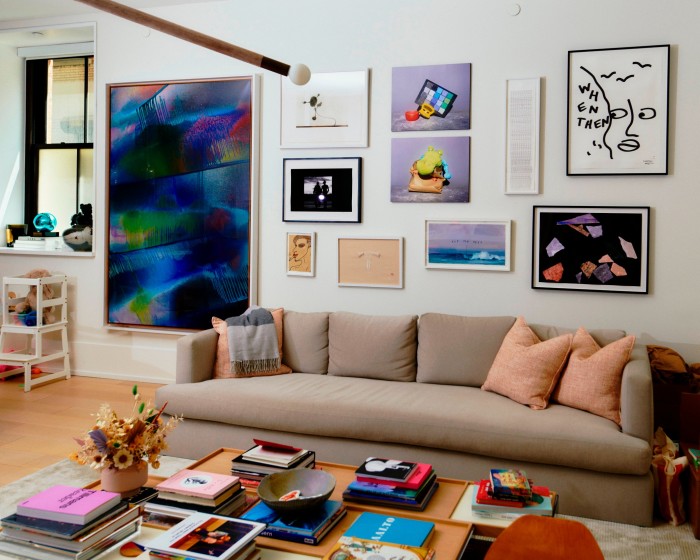
Arison’s wealth comes from her grandfather, Israeli businessman Ted Arison, who founded Carnival Cruise Lines in 1972 and who, with his second wife Lin, Arison’s grandmother, was also very philanthropic. Sarah was born and brought up in Miami, where she and her financier husband still have a home, although their base is in New York.
“I grew up surrounded by cultural activities,” she says over Zoom. “As a child I would go to the ballet with my grandparents; it seemed so normal to me. I realise now what an impact it had on me and that cultural activities — going to concerts, to museums — were a great way to spend time together as a family.
“Then when I was older,” she goes on, “I realised that there is a real intimidation barrier in the arts for others. People have a lot of hurdles to overcome: they might ask: ‘Will it be worth the price, will I feel stupid?’” That’s why her foundation aims “to support the artists and institutions that foster them, so making the arts more accessible to everyone”.
Arison cites two key moments in her cultural life. The first was when, aged three, she went to a concert by the Miami-based New World Symphony — a forum for young musicians that her grandparents had co-founded in 1987. “I remember holding their hands, not really knowing what was going on, but knowing it was a very special occasion.”
And then she made two “epic” trips to France as a teenager with her grandmother Lin: “We followed the Impressionists: we went to Monet’s house in Giverny, to Daubigny’s house, to Auvers-sur-Oise, where Van Gogh died, to Cézanne’s atelier, ending up in Aix-en-Provence. It was just incredible.”
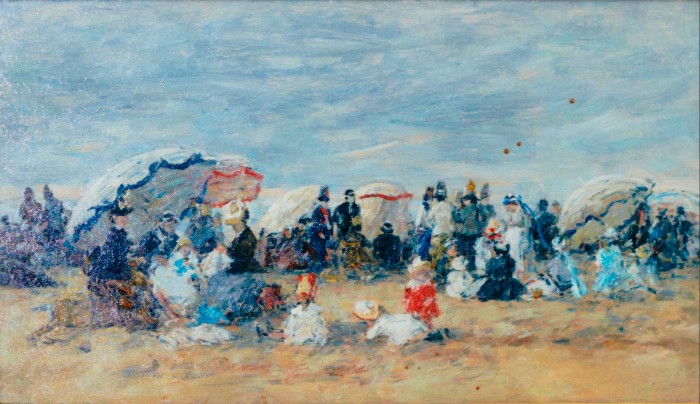
After those trips, she asked to get involved with YoungArts, a charity also founded by her grandparents that supports young artists from high school onwards. As a symbol of “the travels with the Impressionists”, her grandmother gave her a beach scene by the French landscape painter Eugène Boudin.
Despite this exposure to the Impressionists, these days Arison only collects contemporary art. “If you buy an Impressionist work, you are not impacting on the life of the artist at all — whereas I know almost all the artists I have acquired, I have visited their studios, sometimes we worked together at YoungArts . . . Buying that piece might allow them to keep their studio for another year, to pursue their next project. And, for the artist, being able to say that their work was bought by someone on the board of MoMA can really impact their career.”
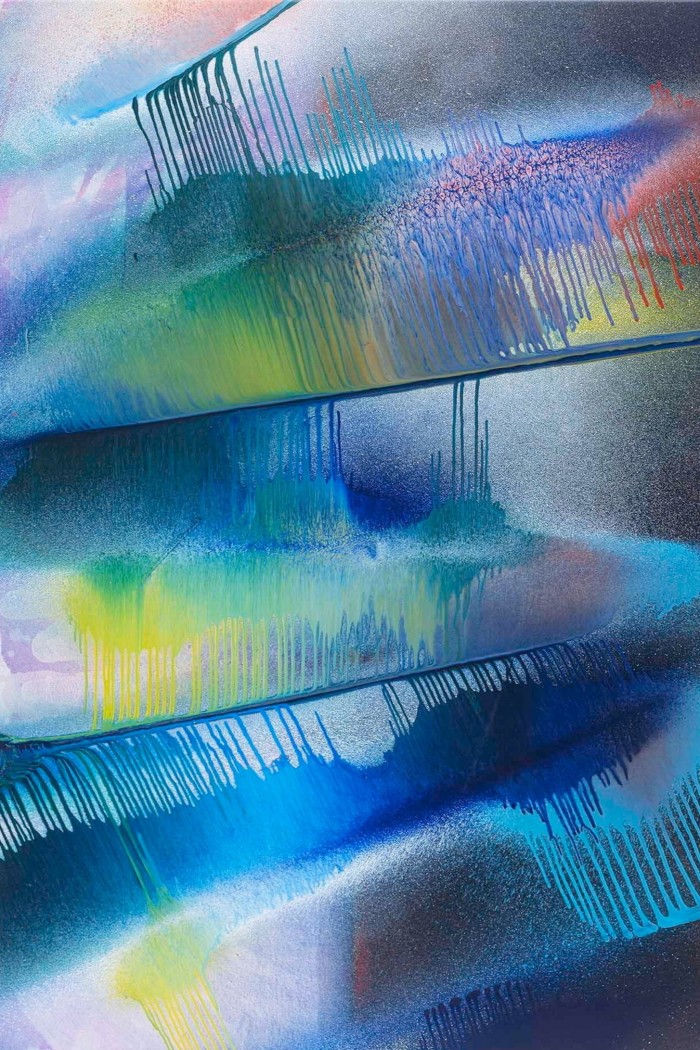
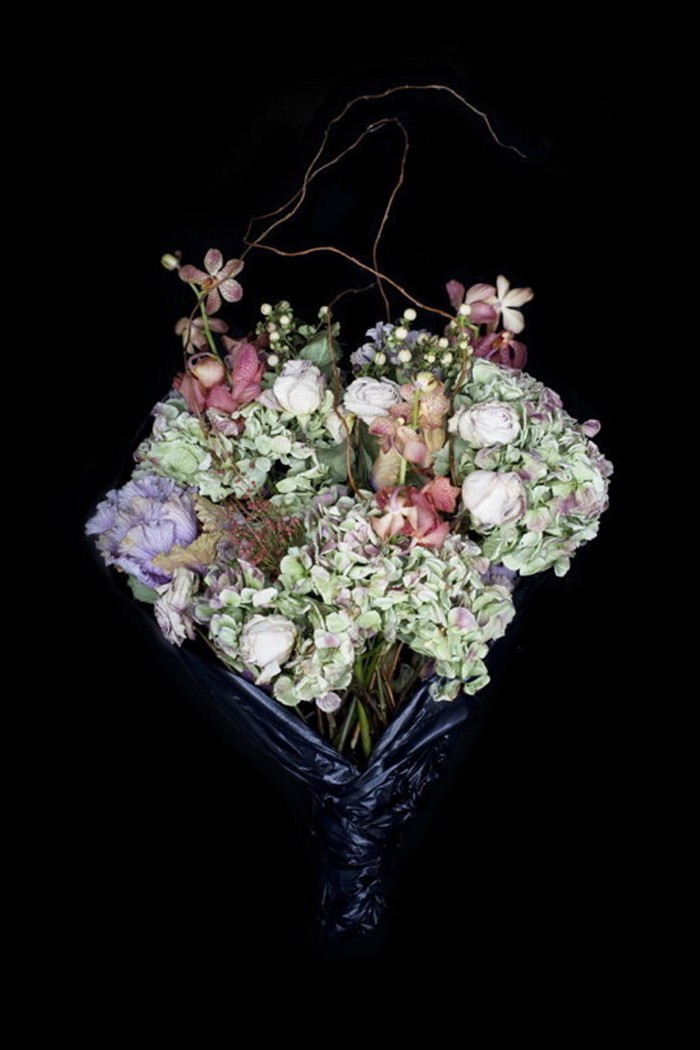
She has mainly women artists in her 70-strong collection and tends to prefer “flat art”. “I don’t have to think about the technology, about how it is going to work, and flat art is easier to install and move.” For the moment, she says proudly, “nothing is in storage.”
Among the works in her collection are two by Taryn Simon and three by Zoë Buckman, who she got to know through the YoungArts programme. “And I love finding young artists at MoMA PS1’s Greater New York survey,” she says. “There I discovered Sadie Benning and Yuji Agematsu. I think it is important to support women artists, and the works also resonate with me. For instance when I was pregnant I bought a painting of two women by the Latvian artist Ella Kruglyanskaya for my daughter’s bedroom.”
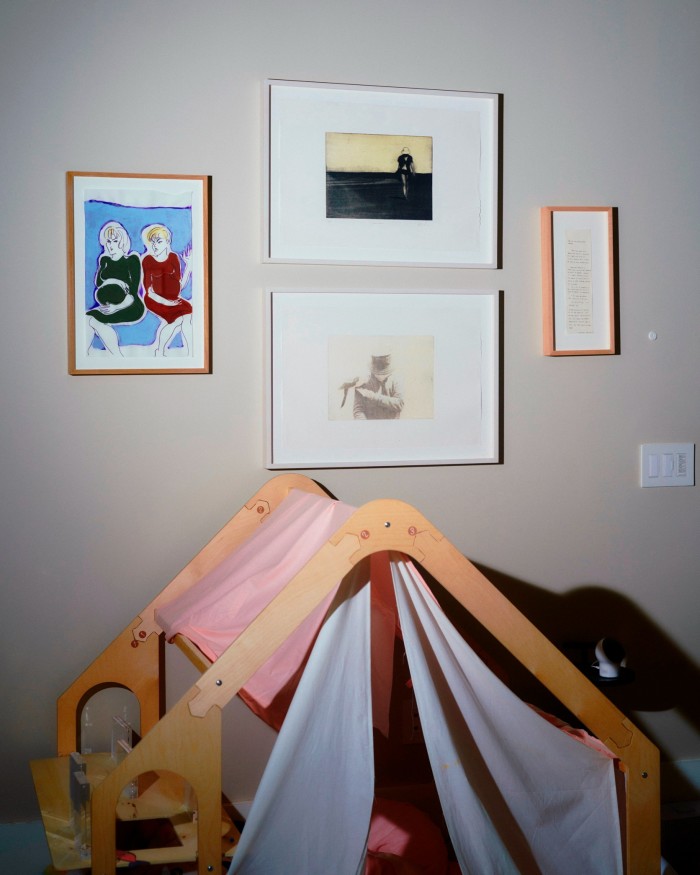
Arison’s full-time job is president of Arison Arts Foundation, the umbrella organisation for all her philanthropic causes. Like many younger philanthropists, she believes in impact and does not necessarily follow what she calls the “older model, when you just wrote a cheque and got a bit of karma”.
“Of course, it is important to have people who write cheques, but you also need people who bring different perspectives and involvement on the boards. Value comes in many different forms,” she says. “For example, in YoungArts we don’t track how many people make it as professional working artists . . . The point of YoungArts is not to churn out as many working artists as possible — it is to create a society of people who love and value artists and the arts.”
In terms of the future of her own collection, “I am really loving ceramics right now, although they are easier to break. Maybe I will put that off until my children go to college . . . ” (She has a six-month-old baby and a four-year-old.) So which one work would she save in case of a catastrophe? “Definitely the Boudin!” she says without hesitation — a tribute to her grandmother and to the trips they made together.
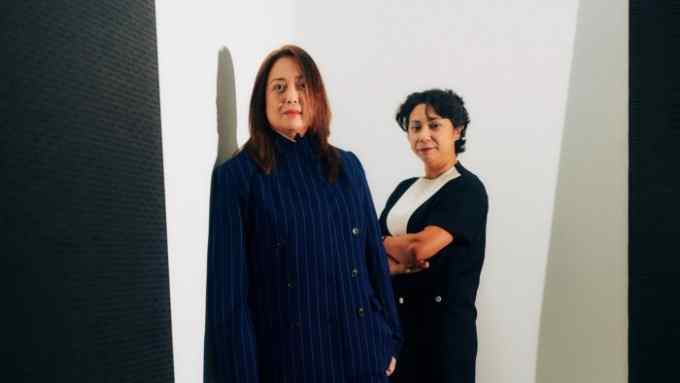
Comments